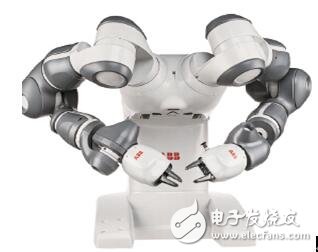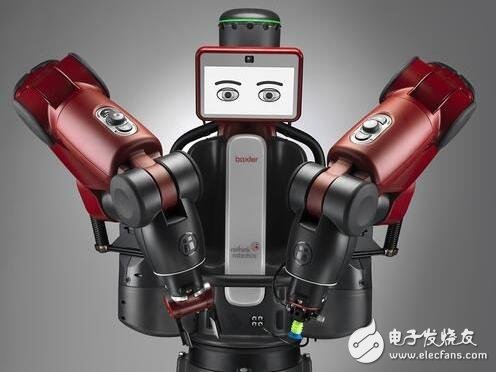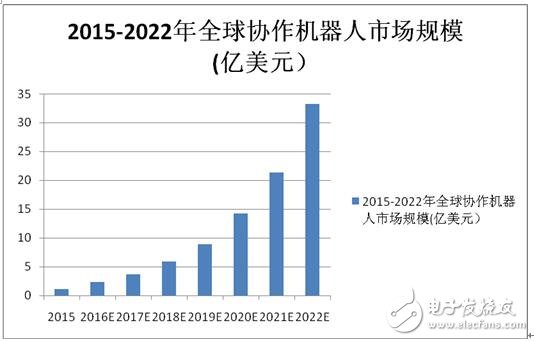Collaborative robot market prospects In 2014, ABB, one of the “four major families†of industrial robot manufacturing in the world, launched the world's first collaborative robot, YuMi, which opened a new chapter in industrial robotics. In the future industry 4.0 era, the production line in the smart factory is more flexible, and the robot needs to share a working space with people. The human-machine cooperation robot is expected to become the next growth point in the robot field. A collaborative robot is a robot that can directly interact with humans in a certain area. The operation of the cooperative robot is relatively simple, and it is a branch of the industrial robot. It is also more expensive in price than the traditional industrial robot. YuMi of ABB, Switzerland The rise of collaborative robots means that traditional industrial robots must have some deficiencies or are unable to adapt to new market demands. There are three main points: First, the cost of deploying traditional industrial robots is high; Second, traditional industrial robots cannot meet the needs of SMEs; Third, it is unable to meet the needs of emerging collaborative markets. Compared with traditional industrial robots, collaborative robots are not in a class with them. In order to achieve the purpose of "collaboration", the working distance between the robot and the human can not be too far. Therefore, the size of the cooperative robot is small, and can even be placed directly on the workbench. In addition to the speed and accuracy of traditional industrial robots, collaborative robots have some advantages that traditional industrial robots do not have, such as light weight, safety, low price, high flexibility, friendly operation interface and human-machine cooperation. It not only makes the production process of large enterprises go up to the next level, but also opens up new opportunities for small and medium-sized enterprises that are still in the process of automated production. Baxter from ReThink RoboTIcs is a new generation of collaborative industrial robots Regardless of whether it is from the market or the technical level, collaborative robots have irreplaceable advantages and market prospects, which is already a major trend in the future market. According to analyst firm MarketsandMarkets, it is expected that between 2016 and 2022, collaborative robots are expected to grow 60% year-on-year, from nearly $110 million in 2015 to more than $3.3 billion in 2022. SVG Reactive Power Compensation Module SVG reactive power compensation module is equivalent to a variable reactive current source. Its reactive current can be flexibly controlled to automatically compensate the reactive power required by the system. On the one hand, it effectively solves the problem of harmonic reactive power interference parallel capacitor switching compensation, on the other hand, it can suppress or manage harmonics according to the actual requirements of users. Svg Reactive Power Compensation Module,Static Var Compensation Module,Pfc Static Var Generator Module,Static Var Generator Module Jiangsu Sfere Electric Co., Ltd , https://www.elecnova-global.com

